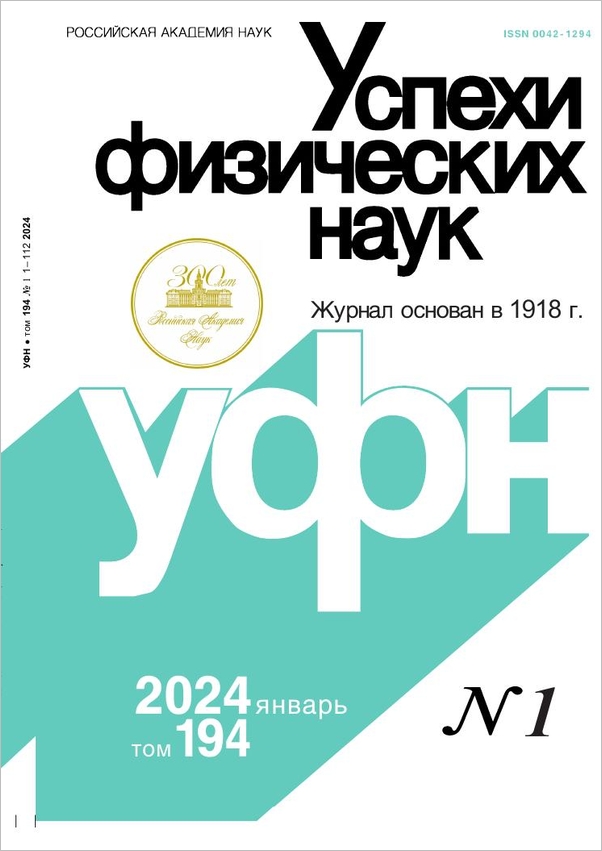|
This article is cited in 28 scientific papers (total in 28 papers)
REVIEWS OF TOPICAL PROBLEMS
The light ray (contribution to the theory of the light field)
G. V. Rozenberg
Institute of Atmospheric Physics Academy of Sciences of the USSR, Moscow
Abstract:
The electrodynamic aspects of the concept of the light ray, of the principal concepts and laws of photometry, polarimetry, and ray optics as a unified approximation of actual optics are explained. The apparatus-related origin of these concepts is demonstrated and the structure of the general theory of the light field is explained, including algebraic optics and the theory of radiative transfer. The principal premise of the “photometric” or “ray” approximation is the concept of the wavelet or the wave packet, the energy and the dynamic parameters of which are defined essentially in frequency-momentum rather than coordinate-time representation. The ray (photometric) approximation operates exclusively with observable quantities that are connected with the finite character of the dimensions and characteristic times of the square-law receivers used in optics. The generalization of photometric, polarimetric, and ray concepts to include a radiation field of arbitrary structure follows from the fact that the action of such a field on an optical receiver is equivalent to the action on this receiver of a beam of incoherent wavelets, the region of coherence of which is determined by the parameters of the receiver. This makes it possible to regard the field as an aggregate of light rays, each of which is described in a photometric approximation generalized with allowance for the polarization effects (Stokes parameters), which leads to formulation of the principal laws of photometry and polarimetry, and also to the photometric formulation of the conservation laws, and makes it possible to establish a direct relation between photopolarimetry and general theory of coherence. The limited nature of the region of coherence of the wavelet train leads to the problem of its transformation in time and in space, the description of which is effected by methods of algebraic optics by introducing the operators of differential and local transformations of the ray, and this leads directly to formulation of the radiative-transfer equation and to a delineation of the limits of its applicability. It is shown that the Stokes parameters are insufficient for a complete physical and mathematical description of the light ray, and it is necessary to introduce the three-dimensional distribution function of the wavelet trains over the polarization states; the problem of spin spectroscopy, i.e., of spatial selection of incoherent trains in accordance with the state of their polarization, is discussed.
Citation:
G. V. Rozenberg, “The light ray (contribution to the theory of the light field)”, UFN, 121:1 (1977), 97–138; Phys. Usp., 20:1 (1977), 55–80
Linking options:
https://www.mathnet.ru/eng/ufn9609 https://www.mathnet.ru/eng/ufn/v121/i1/p97
|


| Statistics & downloads: |
| Abstract page: | 86 | | Full-text PDF : | 41 |
|





 Contact us:
Contact us: Terms of Use
Terms of Use
 Registration to the website
Registration to the website Logotypes
Logotypes








 Citation in format
Citation in format 
